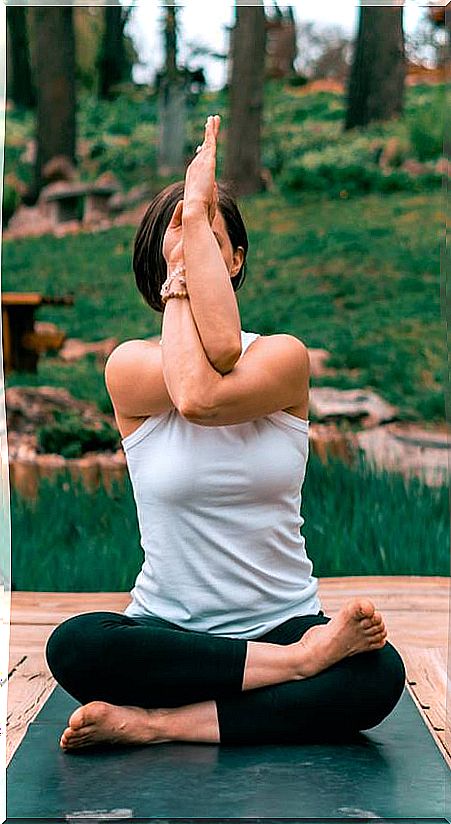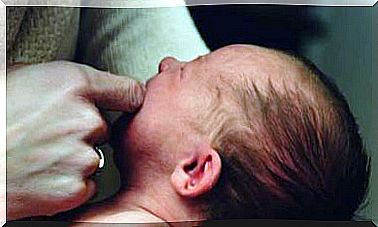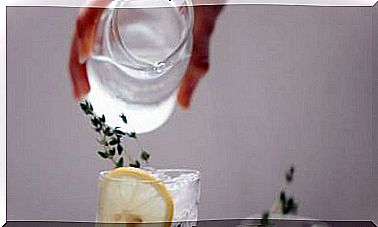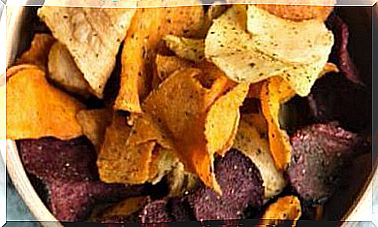Yoga And Pilates Against Post-holiday Stress
To face stressful situations that come with work and other obligations, it is convenient to practice some discipline that connects body and mind and relaxes you. Yoga and Pilates are excellent options.

Holidays are over and work and family obligations return. The month of September can be hard if we do not reserve time for ourselves every day, to rest and take care of the body and mind. In fact, it is necessary to avoid promoting the development of all kinds of disorders related to stress and fatigue.
In addition to reading, chatting with friends, or going about your business, you can dedicate part of your free time to practicing a discipline that cultivates body awareness and relaxation. Yoga and Pilates more than meet these conditions.
How Yoga Helps Reduce Stress
Yoga helps prevent and reduce stress because it is a complete discipline that combines breathing exercises, meditation and physical exercise. It is not a mere gymnastics.
The physical postures promote flexibility, reduce tension and relieve pain, but above all they help unite body and mind and prevent the appearance of all kinds of problems.
Yoga poses undo muscle knots, where emotions often rage. Even without intending it, the practice of yoga contributes to serenity and emotional balance.
It also promotes the release of endorphins, the wellness hormones that improve mood and increase resistance to stressful situations.
Focusing on the present moment during yoga practice improves concentration and increases body awareness, that is, the ability to recognize bodily sensations, thoughts, and feelings.
In this way, it can be easier to let go of attachments and unpleasant emotions and cultivate feelings such as love, joy, and serenity.
Scientific research supports the properties of yoga in relation to stress. In a In a study published in the International Journal Preventive Medicine, women who practiced yoga 3 times a week for 12 weeks experienced significant reductions in stress, depression, and anxiety.
Other Research, released in the Journal of Sports Sciences and Medicine, noted that yoga stretches lower cortisol levels and have a positive effect on parasympathetic nervous system activity, promoting relaxation.
To learn how to free yourself from stress through yoga, check out the Mindfulness course: reduce stress and anxiety in 8 weeks of the Bodymind School
What postures or asanas are most effective for relaxing?
The practice of yoga in general is calming, but some poses are more physically demanding and others are simpler and focused on recovery and relaxation. Some of the most recommended asanas in this sense are the following:
- Cat pose (Marjaryasana). It allows you to connect breathing with movements while calming the mind and releasing stress.
- Child’s posture (Balasana). Helps focus inward and relax physically and mentally.
- Leg up pose (Viparita karani). Provides deep relaxation while stimulating lymphatic flow and circulation.
- Posture of the dead (Savasana). Focus on breathing deeply as you calm your mind and release the tension.
How to use yogic breathing to relieve stress
Yogic breathing exercises, known as pranayama, teach you to relax, regulate your breathing, and breathe deeply. This helps reduce stress and calm the body and mind. Breathing techniques can also improve the quality of your sleep and promote mindfulness.
You can do breathing exercises during yoga practice or whenever you want to relax throughout the day. These techniques are also helpful when you are experiencing uncomfortable emotions or difficult situations. On In this article you will find some recommended breathing techniques.
Tips when using yoga to relieve stress
- The so-called “negative emotions” have their place and it is necessary to express them, but during yoga practice free yourself from all negativity. It will help you develop positive mental patterns.
- Focus on the present moment by observing your breath and bodily sensations. Pay no attention to other thoughts that come to mind.
How Pilates Helps Reduce Stress
Some people have the belief that the Pilates method is exclusively physical gymnastics and especially obsessed with the abdomen. Nothing is further from reality. Pilates is a body awareness discipline that teaches you to control specific muscles and to relax those that are not being used.
It also incorporates breathing and body perception (proprioception) for a greater connection between mind and body. Unlike gymnastics or conventional exercises, you cannot practice Pilates while talking or thinking about something else.
With improved proprioception, the body can respond better to stimuli, which can prevent injuries and falls. Better body awareness can even help you avoid overeating, as you’ll be more attuned to hunger cues.
The combination of body awareness, concentration, control, and use of breath regulates the nervous system and makes it less likely that you will suffer “fight or flight” reactions that release stress hormones cortisol. That is, the regular practice of Pilates helps you better resist stressful situations.
But above all, Pilates takes you away from the stress of busy daily life so that you can take time for yourself. Pilates integrates deep breathing into exercises to reduce feelings of anxiety and encourage relaxation throughout the body.
For example, stretches of the neck, back and shoulders help reduce heaviness and tension in the muscles, providing a feeling of lightness and energy.
Whether you choose to participate in a Pilates class or do it at home, the session includes a warm-up, stretching, and floor exercises that target different areas such as the upper body, core, glutes, and legs. .
If you are interested in getting started in the practice of Pilates, maybe the course can help you Pilates at the Cuerpomente School’s home.
After doing other types of exercise you usually feel exhausted and need a recovery, however Pilates leaves you feeling invigorated and relaxed. This means that you have released a lot of endorphins, well-being hormones that are working.









